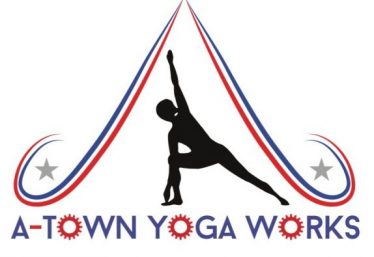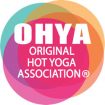Ashtanga / Vinyasa Yoga | Satyananda Yoga | Iyengar Yoga
Pilates / Yogalates | Kundalini Yoga | Pregnancy Yoga / Yin Yoga
Ashtanga / Vinyasa Yoga
Ashtanga yoga is a fast-paced, flowing series of postures, where one posture moves quickly into another. Bikram is rather a more stationary style of practice where you move into a particular position and then hold it for between 10 and 60 seconds, depending upon the posture. However, many of the postures do logically flow into each other and complement each other in terms of their progression and balance of the amount of backward & forward bends, and also share some of the postures of Ashtanga Yoga.
Iyengar Yoga
Iyengar Yoga on the other hand, is a much slower-paced yoga where the student holds the poses for a much longer period than in Bikram Yoga. Iyengar also incorporates tools such as bolsters, belts and other ‘props’. In Bikram we do not use any other props besides our own bodies, believing that our bodies are our best teachers. However, Bikram Yoga does share some of the same postures of Iyengar Yoga – but practiced in a much warmer environment.
Kundalini Yoga
Kundalini yoga is also a much slower-paced yoga with an emphasis on pranayama breathing exercises that help to raise the kundalini energy of the lower spine. In Bikram Yoga we also use pranayama breathing to raise our energy at the beginning and end of the class. While Bikram Yoga does not specifically focus on ‘raising the kundalini’, it does increase one’s pranic energy and in doing so releases stress, and makes one stronger not only physically, but mentally, emotionally and spiritually.
Satyananda Yoga
The Satyananda style of yoga combines yoga asanas (postures), pranayama breathing, yoga nidra and meditation – creating a gentler, meditative form of hatha yoga. Bikram Yoga also combines postures and pranayama, but it is a more active, waking meditation with the added challenge of the heat – which quickly becomes your friend. You can take Bikram at your own pace, and it is important that in every class you listen to your body and work with it, rather than against it.
Pilates / Yogalates
The main focus of Pilates and Yogalates is to develop your ‘core’ strength – this means the ‘core’ muscles of your abdominals, back, pelvis and hips. Strong core muscles help keep your back healthy, hold your body upright, and improve balance. Bikram hot yoga’s 26 postures move the body and spine into all ranges of motion, with a strong emphasis on engaging and using the core muscles – especially the abdominal muscles, which support the lower back.
Pregnancy Yoga
There are many forms of pregnancy yoga available to women. In Bikram yoga we recommend that if you are newly pregnant it is better to avoid any NEW form of exercise.
If however, you have already been regularly practicing Bikram Yoga for at least a year and have an established practice, we recommend you take a break from Bikram hot yoga during the 1st trimester. This is an important developmental period for the new foetus and it is advisable to be particularly cautious with your physical activity during these first weeks of pregnancy.
During this 1st trimester, we suggest that you consider continuing a gentler practice at home with the help of Bikram’s wife Rajashree’s pregnancy video DVD. She will show you the necessary variations that you will need to use during your pregnancy.
After the 1st trimester, from the 2nd trimester onwards, and as long as you are comfortable exercising, you may practice Rajashree’s pregnancy series in the studio. We recommend that you place yourself in the “cooler” spots of the studio – like the back row or near the doors.
For more advice on yoga during pregnancy please see our Pregnancy section.
Yin/Deep Stretch Yoga
Yin Yoga consists of a series of slower-paced poses held for longer periods of time – anywhere from 3 minutes to 10 minutes per pose. This class will compliment your regular Bikram practice by giving your body a chance to stretch in a new way. Yin Yoga applies moderate stress to the connective tissues (the tendons, fascia, and ligaments) with the aim of increasing circulation in these joints & improving flexibility. This class features minimal dialogue and relaxing music.




